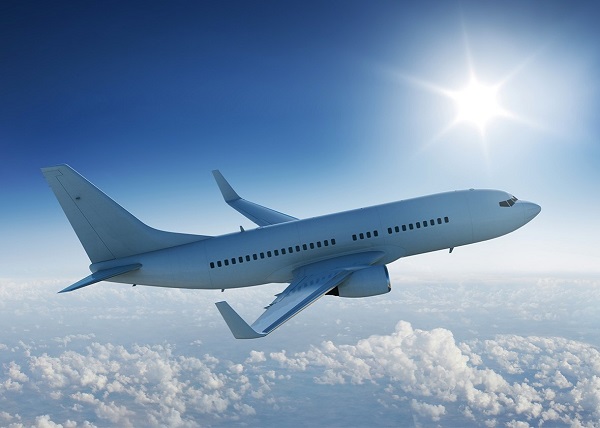nCa Report
The global aviation manufacturing landscape is experiencing unprecedented diversification as new players emerge to challenge the long-standing Boeing-Airbus duopoly, offering airlines—particularly budget carriers—greater choice and potentially more competitive pricing.
Industry analysts note that while Boeing and Airbus will maintain significant market share, manufacturers like Brazil’s Embraer, Canada’s Bombardier, and emerging producers from China and Russia are steadily gaining traction in various market segments.
“We’re witnessing a fundamental shift in the commercial aircraft market,” says aviation consultant Maria Hernandez. “The duopoly that dominated for decades is evolving into a more diverse ecosystem with specialized players targeting specific niches.”
Embraer Expands Footprint in Asia
In a significant milestone for Brazil’s Embraer, its E195-E2 aircraft recently completed its maiden flight in Central Asia, marking the manufacturer’s growing global presence.
Hunnu Air’s E195-E2 completed its first scheduled flight from Mongolia’s capital Ulaanbaatar to Beijing Daxing International Airport on May 9, representing the first scheduled E2 flight in the Chinese market—a region Embraer has identified as crucial for future growth.
The 136-seat aircraft also completed a round-trip flight to Almaty, Kazakhstan on Sunday, demonstrating the versatility that has made Embraer’s E-Jet family increasingly attractive to regional carriers.
The Mongolian carrier secured two E195-E2 aircraft through a leasing agreement with Azorra, receiving its first aircraft in April with the second expected in October.
Bombardier’s Comeback
Canadian manufacturer Bombardier has refocused its strategy after selling its C Series program (now Airbus A220) to concentrate on business jets and specialized commercial aircraft, finding renewed success in these sectors.
“Bombardier has strategically positioned itself in markets where the giants don’t have as strong a presence,” notes industry analyst James Peterson. “This specialization is proving effective as airlines look for aircraft suited to specific route profiles.”
Chinese and Russian Manufacturers Enter Global Stage
COMAC’s C919 from China and Russia’s MC-21 are starting to make international inroads, though primarily in their domestic markets and allied nations. Both manufacturers are working to secure international certifications that would enable broader global adoption.
The C919, comparable to the Boeing 737 and Airbus A320 families, has secured over 1,200 commitments, primarily from Chinese carriers. The aircraft represents China’s determination to reduce dependence on Western manufacturers and establish itself as an aviation powerhouse.
Benefits for Budget Airlines
Low-cost carriers stand to gain significantly from this market diversification. With more manufacturers competing, airlines can potentially negotiate better terms and find aircraft better tailored to their specific operational needs.
“Budget airlines operate on thin margins, so having more options when it comes to aircraft acquisition is a game-changer,” explains airline economics professor Dr. Samuel Wong. “Different manufacturers bring different strengths to the table, whether it’s fuel efficiency, maintenance costs, or cabin configurations.”
Future Outlook
While Boeing and Airbus will continue to dominate wide-body aircraft production, the medium and regional jet markets are becoming increasingly competitive.
Industry forecasts suggest that by 2030, the combined market share of non-Boeing/Airbus manufacturers could reach 25% of new deliveries, up from approximately 15% today—a significant shift in an industry historically resistant to new entrants.
As sustainability pressures mount and airlines seek to optimize fleets for post-pandemic route structures, this diversification appears poised to accelerate, potentially reshaping the aviation manufacturing landscape for decades to come. /// nCa, 12 May 2025
